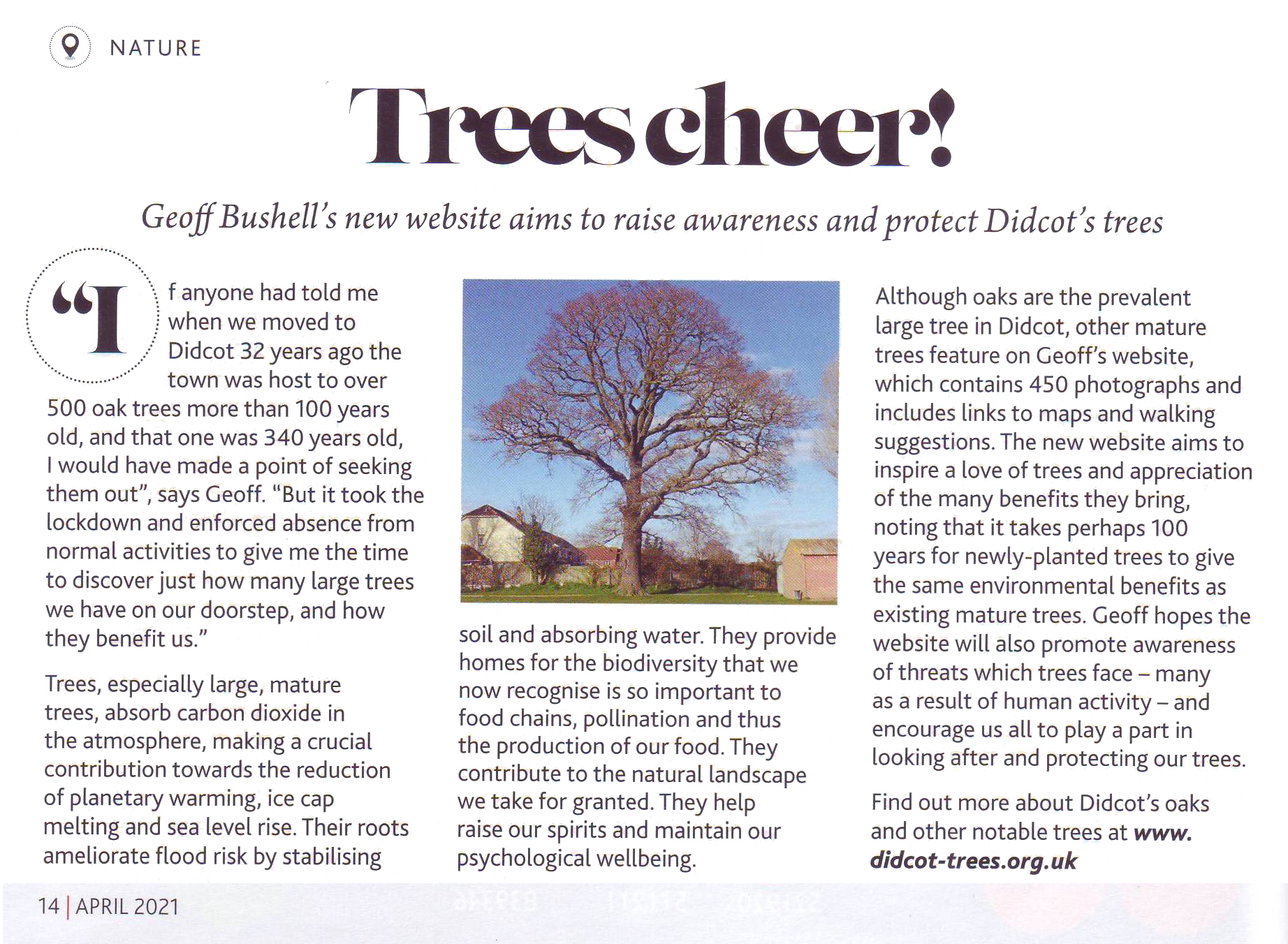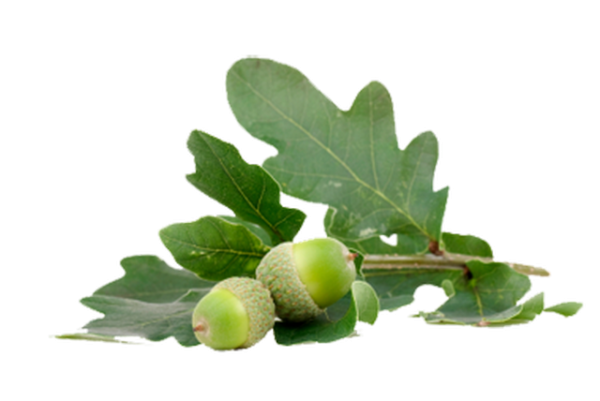A celebration of oaks and other notable trees in Didcot
view / download "TREE QUESTIONS AND ANSWERS"
Didcot Trees presentation to Sustainable Didcot on 1 November 2023.
Trees, woods and forests have long inspired humans. In these times when nature is under such threat from natural causes and from human activity, and given that trees take such a long time to grow to their large size, we wonder what part we can play in protecting trees for our own wellbeing and for future generations.
Trees, especially large, mature trees, absorb carbon dioxide in the atmosphere, making a crucial contribution towards the reduction of planetary warming, ice cap melting and sea level rise. Their roots ameliorate flood risk by stabilising soil and absorbing water. They provide homes for the biodiversity that we now recognise is so important to food chains, pollination and thus the production of our food. They contribute to the natural landscape we take for granted. They help raise our spirits and maintain our psychological wellbeing.
With these benefits in mind, this website aims to:
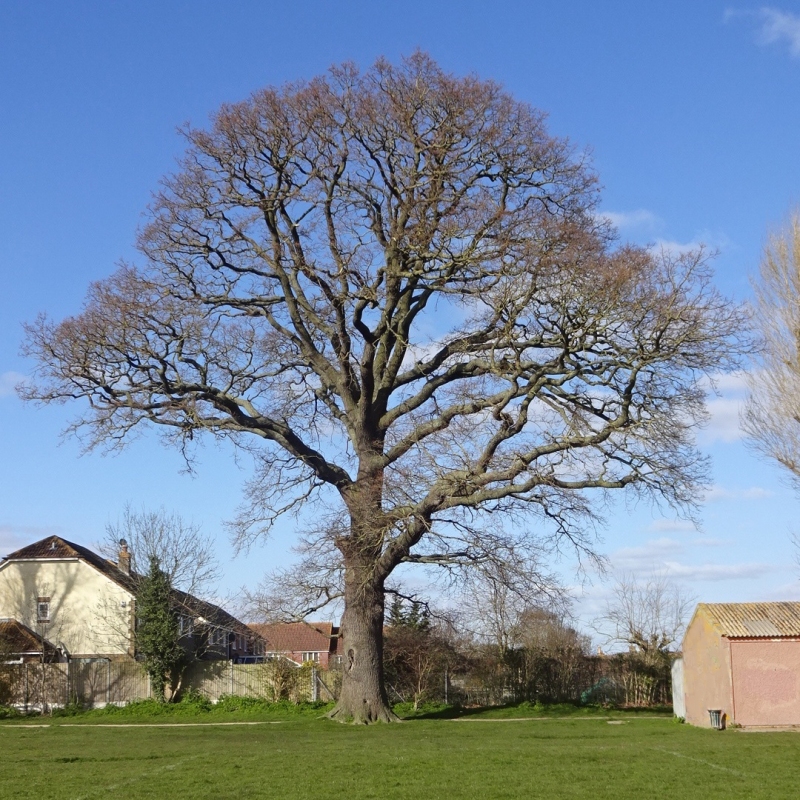
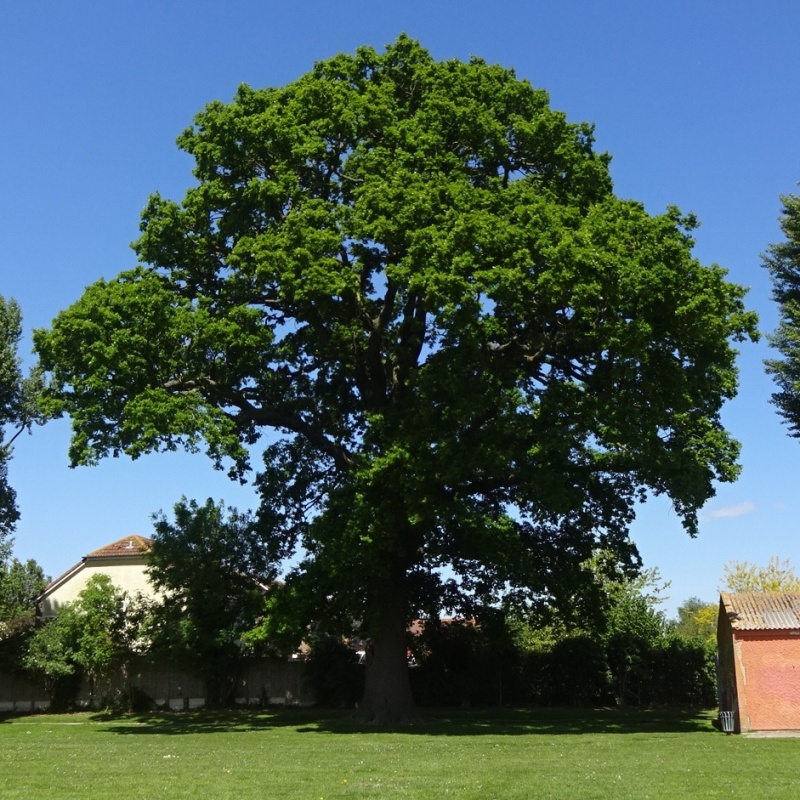
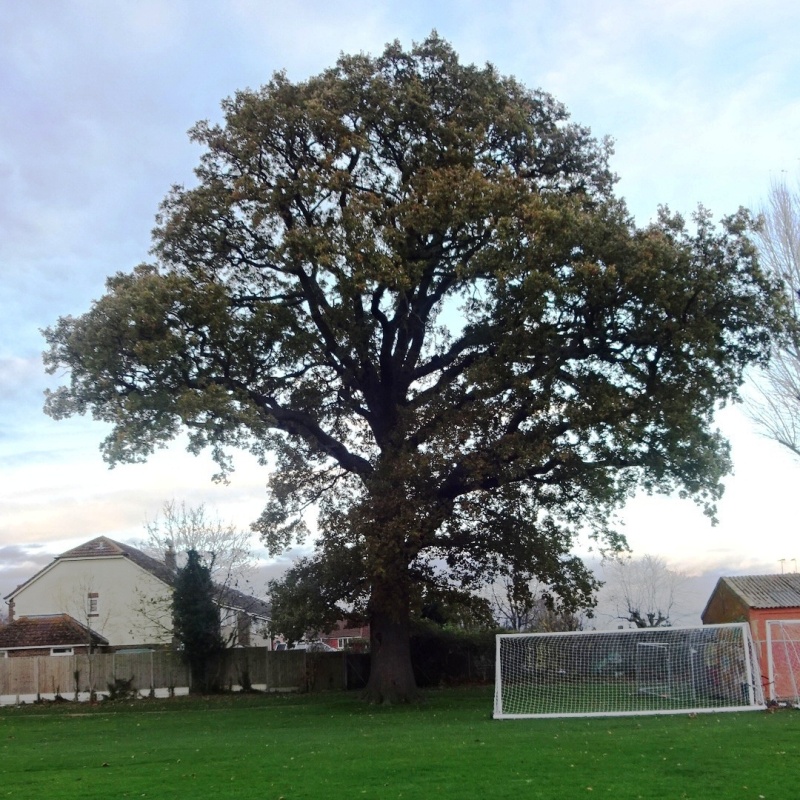
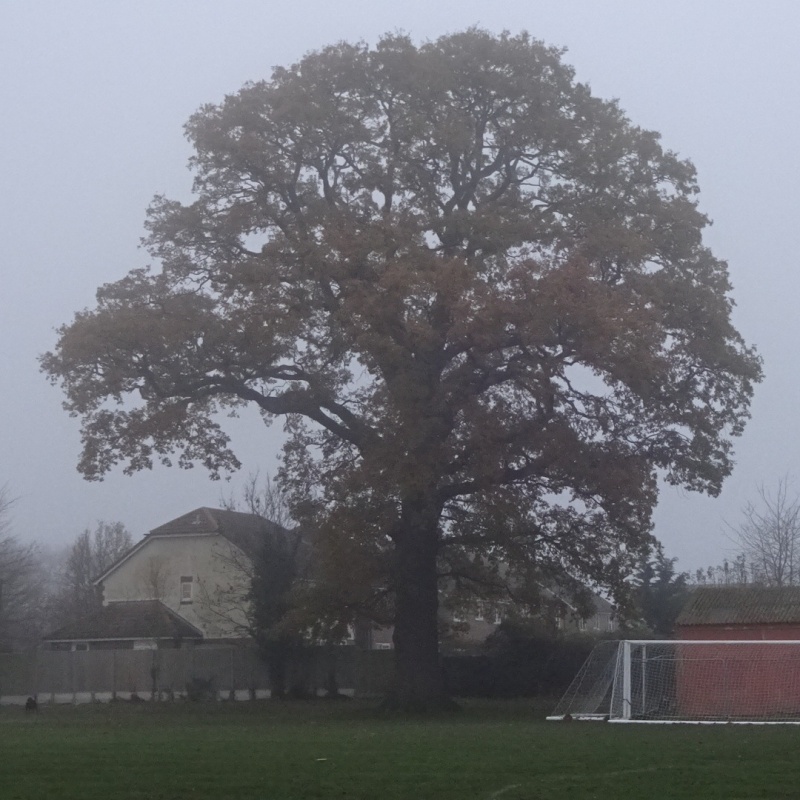
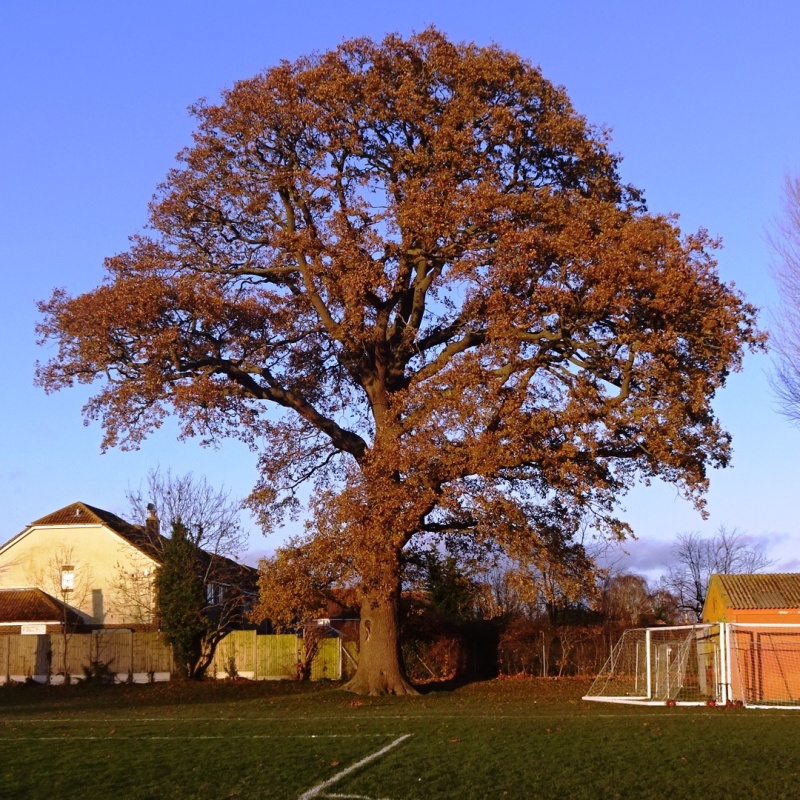
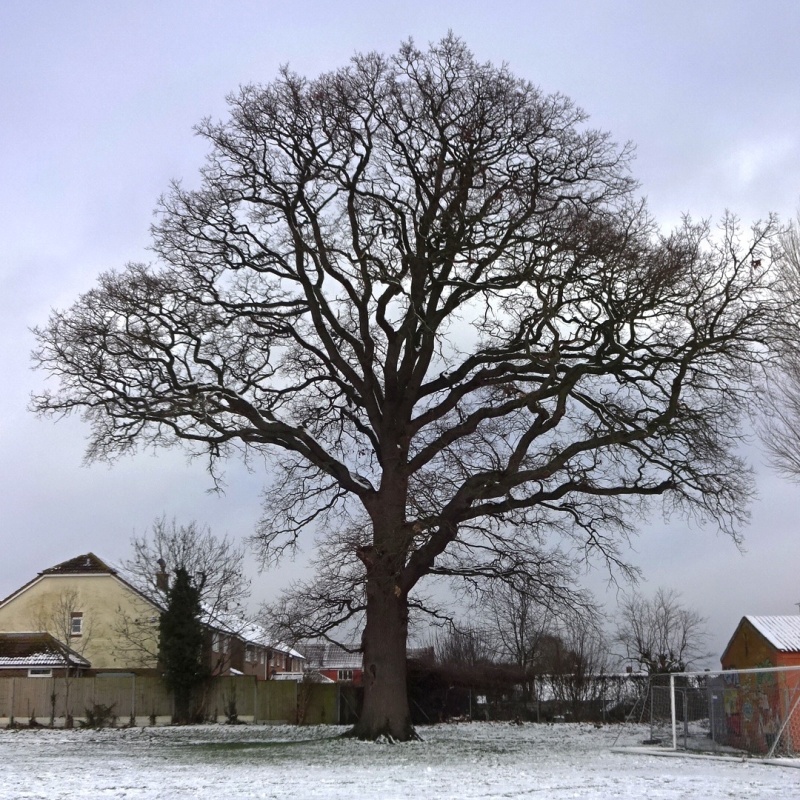
A year in the life of Didcot's largest tree and oldest oak – started growing in 1680 – Edmonds Park
In Didcot, the oak is the predominant species of large tree. Oaks live for hundreds of years and take a long time to reach maturity (over a century), at which point their large canopy allows them to absorb vast quantities of carbon dioxide, making them particularly valuable in combating climate change. Oaks also support more biodiversity than any other native tree in the UK – an estimated 2,300 organisms – ranging from bacteria to fungi, lichens, free algae, mosses, vascular plants, invertebrate animals, birds and mammals.
There are more than 500 oaks in Didcot that are over 100 years old. However, there are not so many semi-mature oaks in the 50 years old range, so when the older trees reach the end of their lives, there will be fewer younger trees to replace the canopy. Although large numbers of young oaks have been planted in new housing developments around Didcot, they will take a century to reach the proportions of mature oaks in Didcot now. This makes it particularly important to protect the existing mature oaks (as well as the many other species of mature tree in Didcot) and to recognise that planting lots of new trees does not make up for the climate change consequences of felling a mature tree.
This website is a celebration of Didcot's majestic oaks and other notable trees and a source of information on their importance, their protection and the issues that threaten them. I hope that these pages will encourage local people to enjoy discovering these wonderful gifts of nature and become inspired to cherish and care about them. It will be 100 years before newly planted trees replace what we have now. Let's both savour and save what we have.
– William Moomaw, environmental scientist and co-founder of the Center for International Environment and Resource Policy at Tufts University's Fletcher School, USA
Read more: Grist
This map identifies all trees, groups of trees and woods in South and Vale which are protected by TPOs.
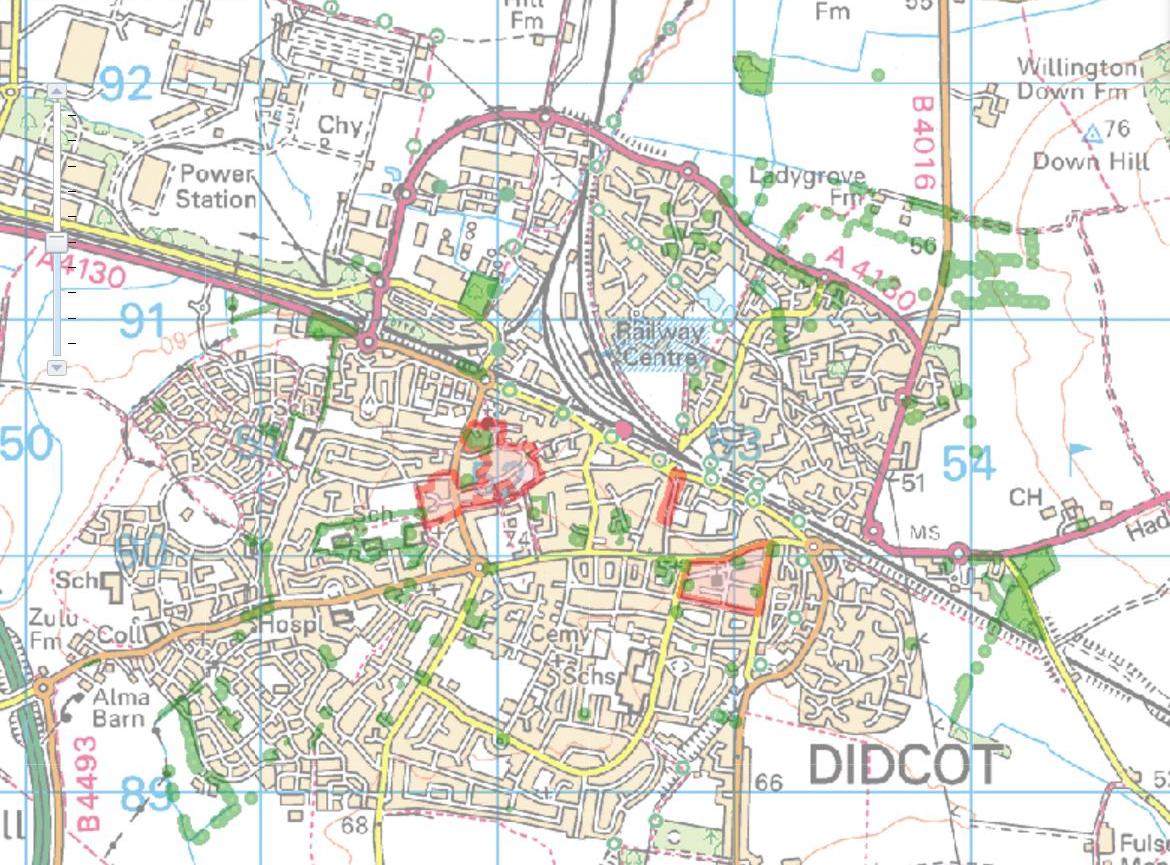
Once launched, zooming in and clicking on a green spot or area will reveal further information about individual trees, groups of trees and woods.
The Oxfordshire interactive Countryside Access Map is ideal for finding rights of way such as footpaths and bridleways, and remembers your last position for future sessions.

... in partnership with ...

Read In Didcot blog on launch of this website
Listen to BBC Radio Oxford interview with Al Ryan 14 March 2021
Article in Round and About magazine, April 2021.
